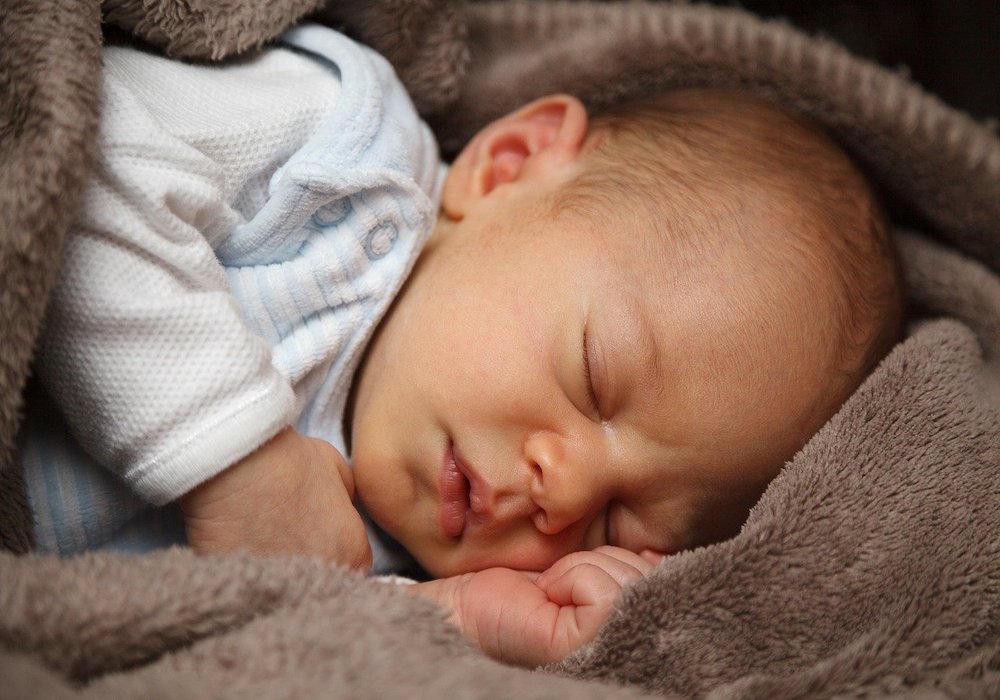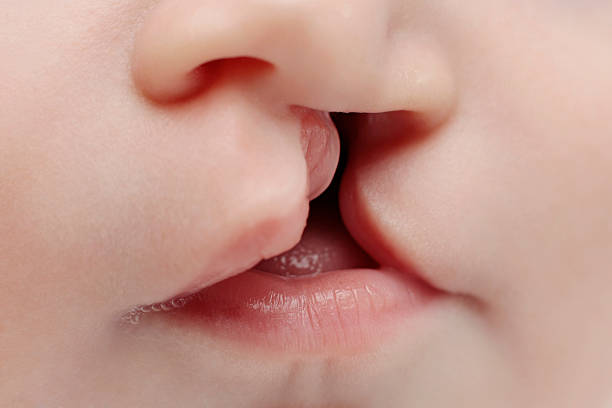Cleft lip and cleft palate are birth defects that occur due to the failure of the baby’s lip or the palate to completely fuse during pregnancy. Such defects in total are called as Oro Facial Clefts.
Cleft lip and cleft palate are among the most common birth defects. Cleft lip and cleft palate can occur on one or both sides of the mouth. Because the lip and the palate develop separately, it is possible to have a cleft lip without a cleft palate, a cleft palate without a cleft lip, or both a cleft lip and cleft palate together (the most frequently occurring defect).
Clefts are described based on the structures involved (lip, alveolus, hard palate, soft palate), laterality (unilateral left, unilateral right, or bilateral), and severity (width and extent of structures involved).
Having a baby born with a cleft can be upsetting, but cleft lip and cleft palate can be corrected. In most babies, a series of surgeries can restore normal function and achieve a more normal appearance with minimal scarring.
Symptoms
- Usually, a split (cleft) in the lip or palate is immediately identifiable at birth. Cleft lip and cleft palate may appear.
- A split in the lip and roof of the mouth (palate) that affects one or both sides of the face.
- A split in the lip that appears as only a small notch in the lip or extends from the lip through the upper gum and palate into the bottom of the nose.
- A split in the roof of the mouth that doesn’t affect the appearance of the face This type of cleft often goes unnoticed at birth and may not be diagnosed until later when signs develop.
- Signs and symptoms of submucous cleft palate may include.
- Difficulty with feedings.
- Difficulty swallowing, with potential for liquids or foods to come out the nose.
- Nasal speaking voice.
- Chronic ear infections.
Timing for surgical correction START to END in a Cleft baby life
- The Cleft Lip Surgery should be performed at the age of 3 to 5 months of the baby also depending on the overall health of the baby. It is advised to operate the lip early as operating and closing the lip defect will help the baby face remodel the palate and alveolus according to the new position.
- The Cleft Palate Surgery should be performed at the age of 1 year of age of the baby. Delaying this surgery will compromise the speech of the baby and will also cause swallowing difficulty.
- Secondary Alveolar Bone Grafting Surgery this surgery will address the alveolar defect that remains after the palate surgery. This surgery is ideally performed at 7 to 8 years of age of the baby. By this age the cleft baby would have already started Speech therapy.
- Cleft Rhinoplasty can be performed to lift the nose tip and nasal alae to give a complete face makeover. Facial Fillers can be used to correct some facial irregularities if any.
- Cosmetic Face Corrections Surgeries can be initiated at the age of 21 years after completing Orthodontics teeth correction of the bite. These cosmetic corrections include: Orthognathic Surgery that involves moving the Jaws (upper and lower) in the right position according to the face and the occlusion / Bite.
As soon as the defect is noticed one should meet the childs doctor and get a surgical opinion on it from a Maxillofacial Cleft Surgeon. Dr Tarun Sharma has done a fellowship of 2 years in the field of cleft and craniofacial surgery from Cleft Children international(CCI) organization at BSES Mg Hospital Andheri. He has successfully operated more than 250 cleft cases with wonderful outcome.
Having a cleft baby can be upsetting, Dr Tarun Sharma addresses each and every concern and complain of the parents and the baby comprehensively. He is also associated with organisations that provide funds for these kind of surgeries.
Dr Tarun Sharma also considers Pro Bono work for indigent patients. He is one stop contact for all cleft patients.



